Discover the Best White Flowered Evergreen Shrub for Your Garden: Care Tips and Varieties
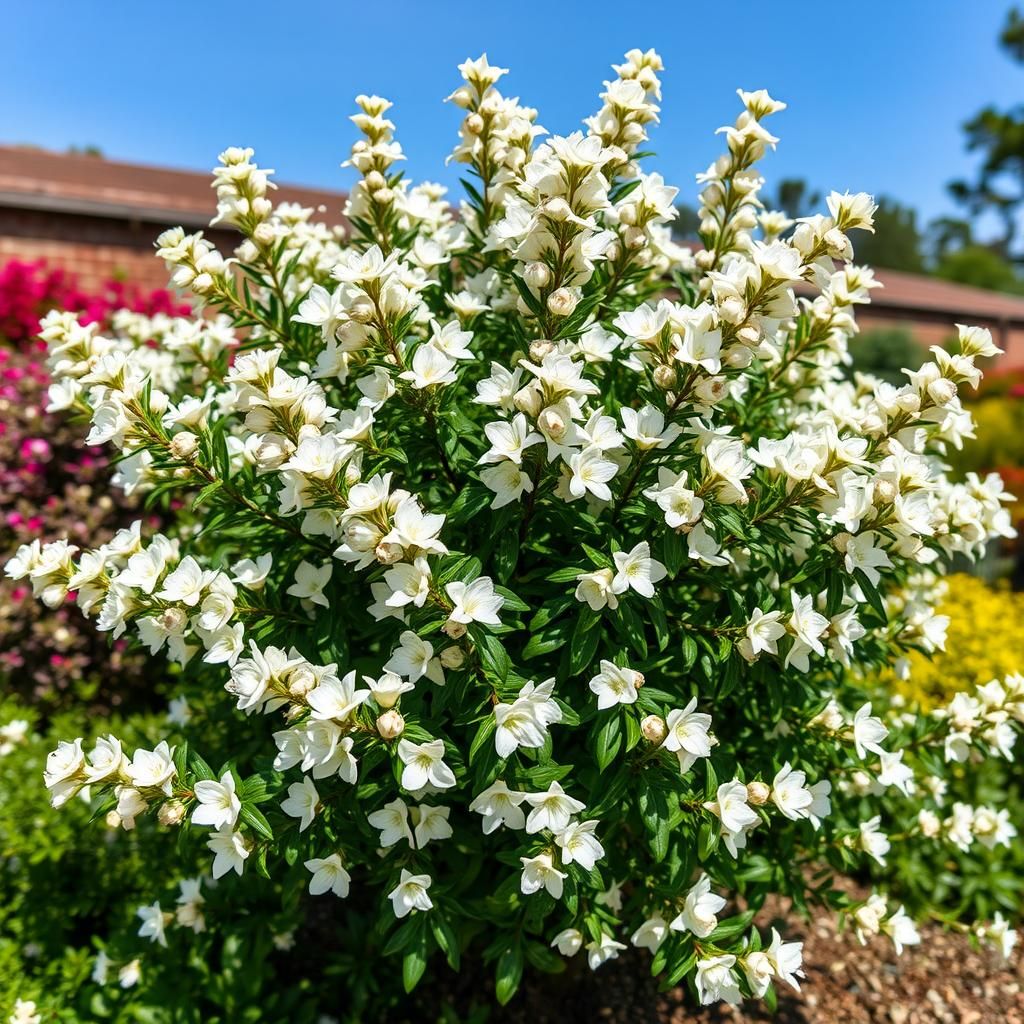
When it comes to enhancing your garden’s beauty year-round, white flowered evergreen shrubs offer a stunning solution. These resilient plants not only provide vibrant floral displays but also maintain their lush foliage through every season. From low-maintenance options to varieties that require more care, there's a perfect shrub for every gardener. In this article, we will explore some of the best white flowered evergreen shrubs available, along with essential care tips to ensure they thrive in your garden. Whether you’re looking to create a serene landscape or a dramatic focal point, these shrubs are sure to impress.
Exploring the White Flowered Evergreen Shrub
The white flowered evergreen shrub is a captivating plant that offers both aesthetic appeal and functional benefits in landscaping. These shrubs are characterized by their lush, dark green foliage that remains vibrant throughout the year, coupled with clusters of delicate white flowers that bloom in various seasons depending on the species. They thrive in a variety of climates and soil conditions, making them a versatile choice for gardeners looking to add a touch of elegance to their outdoor spaces. Additionally, many species of these shrubs have fragrant flowers, which can attract beneficial pollinators like bees and butterflies, enhancing the overall biodiversity of the garden.
Characteristics of White Flowered Evergreen Shrubs
White flowered evergreen shrubs typically feature dense foliage that provides excellent privacy and screening. They can reach various heights, from low-growing varieties that serve as ground cover to taller forms that serve as focal points in the landscape. The white flowers appear in clusters and can range from small, delicate blooms to larger, showy flowers, depending on the species. These shrubs often have a naturally symmetrical shape, which makes them appealing for formal garden designs.
Common Species of White Flowered Evergreen Shrubs
There are several popular species of white flowered evergreen shrubs, including the Gardenia jasminoides, known for its sweetly fragrant blooms, and the Camellia sasanqua, which produces beautiful white flowers in the fall. The Ligustrum japonicum is another excellent option, widely recognized for its adaptability and lush, glossy leaves. Each species has its unique growing conditions and care requirements, making it essential for gardeners to choose the right one for their specific environment.
Growing Conditions and Care
To thrive, white flowered evergreen shrubs require well-drained soil and plenty of sunlight, although some species can tolerate partial shade. Regular watering, especially during dry spells, is crucial to maintain their health and vibrancy. Pruning is also an important aspect of care, as it encourages new growth and helps maintain the desired shape of the shrub. Applying mulch around the base can aid in moisture retention and suppress weeds, further enhancing plant health.
Pests and Diseases
Like all plants, white flowered evergreen shrubs are susceptible to a range of pests and diseases. Common issues include aphids and scale insects, which can weaken plants if not controlled. Fungal diseases, such as powdery mildew, can affect their foliage, especially during humid conditions. Regular monitoring and timely intervention with appropriate pest control methods are essential to prevent infestations and keep these shrubs looking their best.
Landscape Uses and Benefits
White flowered evergreen shrubs serve numerous purposes in landscaping. They can be used as foundation plants, providing structure and beauty around buildings, or as hedges for privacy and windbreaks. Their year-round foliage ensures that gardens remain visually appealing in all seasons. Additionally, the fragrant flowers can enhance outdoor spaces, creating inviting environments for relaxation and gathering. The integration of these shrubs supports local wildlife while adding aesthetic value to residential and commercial landscapes.
| Species | Height | Light Requirements | Bloom Season |
|---|---|---|---|
| Gardenia jasminoides | 3-8 feet | Full sun to partial shade | Summer |
| Camellia sasanqua | 6-10 feet | Partial shade | Fall to early winter |
| Ligustrum japonicum | 4-10 feet | Full sun | Summer |
What evergreen shrub has clusters of small white flowers?
:max_bytes(150000):strip_icc()/best-shrubs-with-white-flowers-4153802-08-6e8e7c0ff2b84d3a8e53e625841e2b51.jpg)
The evergreen shrub that features clusters of small white flowers is the Cheddar Pink (Dianthus gratianopolitanus). This perennial plant is known for its fragrant, delicate blossoms that typically bloom in late spring to early summer. Cheddar Pinks are often used in gardens for their attractive foliage and ability to thrive in various soil conditions.
Characteristics of Cheddar Pink
The Cheddar Pink is characterized by its low-growing form and evergreen foliage. The leaves are slender and gray-green, creating an attractive contrast to the bright white flowers that emerge above them. Here are some notable characteristics:
- Flowering Period: Typically blooms from May to September.
- Plant Height: Generally grows to about 12-18 inches tall.
- Hardiness: Thrives in USDA zones 3-8, making it suitable for a wide range of climates.
Growing Conditions
Cheddar Pinks prefer full sun, but they can tolerate partial shade. They thrive in well-drained soil and are drought-resistant once established. Here are some tips for optimal growth:
- Soil Type: Best suited for sandy or loamy soil with good drainage.
- Watering: Requires moderate watering; avoid waterlogging.
- Fertilization: Light fertilization in spring can enhance blooming.
Landscape Uses
This evergreen shrub can be effectively used in various landscape designs due to its charming aesthetics. Its small stature makes it versatile for many garden styles. Possible uses include:
- Ground Cover: Ideal for filling in gaps in borders and rock gardens.
- Container Planting: Can be planted in pots for patios or balconies.
- Wildlife Gardens: Attracts pollinators like bees and butterflies.
Maintenance Tips
Cheddar Pinks are relatively low-maintenance, but regular care helps ensure their vitality and blooming. Consider these maintenance tips:
See also: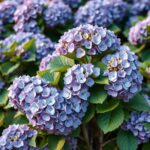
- Pruning: Deadhead spent flowers to encourage more blooms.
- Pest Control: Monitor for aphids or spider mites; treat as necessary.
- Dividing: Divide the plants every few years to maintain vigor.
Potential Problems
Like all plants, Cheddar Pinks can encounter certain issues that may affect their health. Awareness of these problems can help in their management:
- Root Rot: Caused by excessively wet conditions; ensure proper drainage.
- Pests: Look out for common pests such as aphids and slugs.
- Fungal Diseases: Avoid overhead watering to reduce the risk of disease.
What is the most beautiful evergreen flowering shrub?
:strip_icc()/purple-white-rhododendron-flowers-d9ead1d1-fe99484189fd4648bf3666b6a0f7a29a.jpg)
The most beautiful evergreen flowering shrub is arguably the Camellia. Known for its stunning blooms and glossy foliage, the Camellia is celebrated for its ability to provide year-round interest in gardens. Its flowers can take various forms, ranging from peony-like to rose-like, and are often available in shades of white, pink, and red. The shrub thrives in partial shade and well-drained acidic soil, making it a favorite among gardeners looking for a luxurious and resilient addition to their landscape.
Characteristics of Camellia
The Camellia is recognized for its unique features, which make it a desirable choice for many gardens.
- Foliage: The dark green, waxy leaves create a beautiful backdrop for its flowers.
- Bloom Time: Depending on the variety, it can bloom from late winter through spring, providing early color.
- Size: Camellias come in various sizes, making them versatile for different landscape layouts.
Popular Varieties of Camellia
There are numerous varieties of Camellia, each with distinct characteristics and appearances.
- Camellia japonica: Known for its large, showy flowers in multiple colors.
- Camellia sasanqua: Features smaller flowers and a more open growth habit, often blooming earlier.
- Camellia reticulata: Displays the largest blooms of any species, perfect for dramatic effects.
Cultivation and Care Tips
To successfully cultivate Camellia, certain care guidelines should be followed for optimal growth.
- Soil Requirements: Plant in rich, acidic soil, ideally with good drainage.
- Watering: Maintain consistent moisture, but avoid over-watering to prevent root rot.
- Pruning: Prune only after blooming to shape the plant and promote new growth.
Benefits of Planting Evergreen Flowering Shrubs
Integrating evergreen flowering shrubs like Camellia brings multiple benefits to gardens and landscapes.
- Aesthetic Appeal: Provides year-round beauty with its lush foliage and vibrant flowers.
- Wildlife Support: Attracts pollinators such as bees and hummingbirds during blooming periods.
- Structure and Privacy: Can be used as natural privacy screens or hedges due to their dense growth.
Challenges in Growing Camellia
While Camellia is a beautiful choice, it does come with specific challenges.
- Pests and Diseases: Susceptible to issues like aphids and petal blight, which require monitoring.
- Climate Sensitivity: Prefers milder climates and may struggle in harsh winters or extreme heat.
- Slow Growth: Takes time to establish and mature, requiring patience from gardeners.
What evergreen shrub has dark green leaves and white flowers?
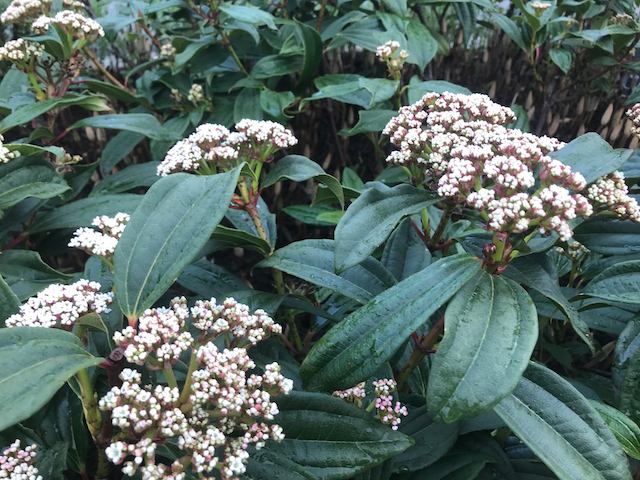
The evergreen shrub that is often recognized for its dark green leaves and white flowers is the Viburnum. This genus comprises various species, many of which are popular in landscaping due to their attractive foliage and fragrant blooms. One of the most commonly known species in this category includes Viburnum tinus, which is particularly appreciated for its ornamental value and adaptability.
Characteristics of Viburnum
Viburnum shrubs possess a variety of characteristics that make them appealing for gardens and landscapes. They typically feature:
- Foliage: Dark green, glossy leaves that remain vibrant throughout the year.
- Flowers: Clusters of small, white flowers that bloom in late winter to early spring, often attracting pollinators.
- Size: Depending on the species, Viburnum can grow anywhere from 3 to 15 feet tall and can also be shaped into hedges.
Growing Conditions for Viburnum
To thrive, Viburnum requires specific conditions that cater to its growth needs. The ideal growing conditions include:
- Light: Prefers full sun to partial shade; at least 6 hours of sunlight daily is best.
- Soil: Well-drained, fertile soil with a slightly acidic to neutral pH.
- Watering: Regular watering, especially during dry periods, but avoid waterlogging.
Common Uses of Viburnum in Landscaping
Viburnum shrubs are versatile in landscaping, serving various purposes that enhance outdoor aesthetics. Some common uses include:
See also: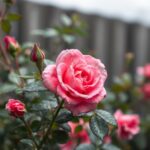
- Privacy Hedges: Ideal for creating leafy barriers and privacy screens.
- Foundation Plantings: Used to add structure and beauty to the fronts of homes.
- Pollinator Gardens: Attracts bees, butterflies, and other beneficial species due to its fragrant flowers.
Pests and Diseases Affecting Viburnum
Like many plants, Viburnum is susceptible to specific pests and diseases. Awareness can help in effective management. Common issues include:
- Viburnum Leaf Beetle: Known for causing significant defoliation; regular monitoring is essential.
- Powdery Mildew: A fungal disease that appears as a white coating on leaves, often manageable with proper air circulation.
- Root Rot: Due to overwatering; ensuring well-drained soil is crucial to avoid this issue.
Choosing the Right Viburnum Species
Selecting the right species of Viburnum is important for meeting specific landscaping goals. Considerations include:
- Height and Size: Different species vary significantly in growth; select based on your space.
- Bloom Time: Some species flower in early spring, while others bloom in summer.
- Hardiness Zones: Ensure the species you choose is suitable for your climate's hardiness zone.
What is a shrub with balls of white flowers?
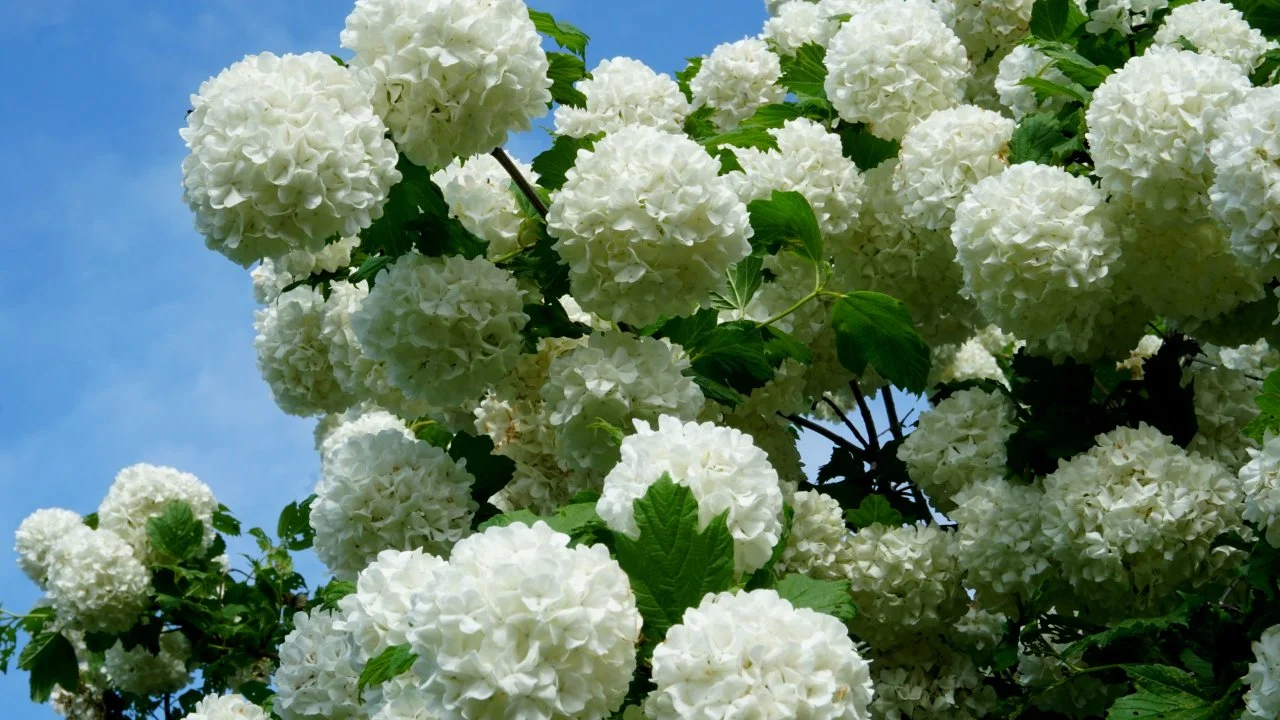
A shrub with balls of white flowers is often referred to as Snowball Viburnum (Viburnum opulus 'Sterile'). This deciduous shrub is known for its striking, spherical clusters of white flowers that appear in spring, creating a stunning display in gardens and landscapes. Native to Europe and parts of Asia, this shrub can grow up to 12 feet tall and wide, though it can be maintained at a smaller size with regular pruning. The flowers are not only visually appealing; they also attract various pollinators including bees and butterflies.
Growing Conditions
The Snowball Viburnum thrives in a variety of growing conditions, making it a popular choice among gardeners.
- Light: It prefers full sun to partial shade, although full sun results in the best flowering.
- Soil: This shrub grows well in moist, well-drained soils that are rich in organic matter.
- Watering: Regular watering is imperative, especially during dry spells, but it is important to avoid waterlogging.
Seasonal Changes
The Snowball Viburnum undergoes several attractive seasonal changes throughout the year.
- Spring: Large, rounded clusters of white flowers bloom, creating a dramatic effect.
- Summer: After flowering, it develops green, glossy leaves and may produce red berries.
- Fall: Leaves turn yellow to reddish-purple, offering additional seasonal interest.
Pruning Techniques
Proper pruning techniques can enhance the shape and health of the Snowball Viburnum.
- Timing: The best time to prune is right after flowering, to avoid cutting off next year's buds.
- Method: Remove dead or damaged wood, and thin out crowded areas to promote better air circulation.
- Shaping: Aim to maintain a rounded shape, ensuring that the shrub looks full and healthy.
Pest and Disease Management
Healthy shrubs can still face challenges from various pests and diseases.
- Pests: Common pests include aphids and spider mites, which can be managed with insecticidal soap.
- Diseases: Fungal diseases like powdery mildew may occur; ensure good air circulation to minimize risk.
- Prevention: Regular checks and maintaining plant health through appropriate care are crucial for prevention.
Companion Planting
Choosing compatible plants for companion planting can enhance the aesthetic and ecological benefits of your garden.
- Color Contrast: Pair with plants that have contrasting flower colors for a vibrant look.
- Height Variation: Taller plants can provide a backdrop, while shorter ground covers can fill out the base.
- Pollinator Gardens: Consider planting lavender or salvia nearby to attract more pollinators.
Questions from Our Readers
What are the ideal growing conditions for a white flowered evergreen shrub?
The ideal growing conditions for a white flowered evergreen shrub typically include well-drained soil, adequate sunlight, and moderate watering. These shrubs generally thrive in full sun to partial shade and prefer mild climates, making them suitable for a variety of landscapes.
How often should white flowered evergreen shrubs be pruned?
White flowered evergreen shrubs should be pruned once a year, ideally in late winter or early spring before new growth begins. Regular pruning helps maintain their shape, promotes healthy growth, and encourages a fuller bloom of their beautiful flowers.
Are white flowered evergreen shrubs resistant to pests and diseases?
Many white flowered evergreen shrubs are quite resistant to pests and diseases, but they can still be affected by common issues such as aphids, spider mites, and fungal infections. Ensuring good air circulation and proper care can help mitigate these problems and keep the shrub healthy and vibrant.
Can white flowered evergreen shrubs be used in landscaping?
Yes, white flowered evergreen shrubs are frequently used in landscaping due to their attractive flowers and year-round foliage. They can serve as hedges, foundation plantings, or accent plants, adding both color and structure to gardens and outdoor spaces.
See also:

If you want to read more articles like Discover the Best White Flowered Evergreen Shrub for Your Garden: Care Tips and Varieties, we recommend you check out our Shrubs category.
Leave a Reply
Related Articles